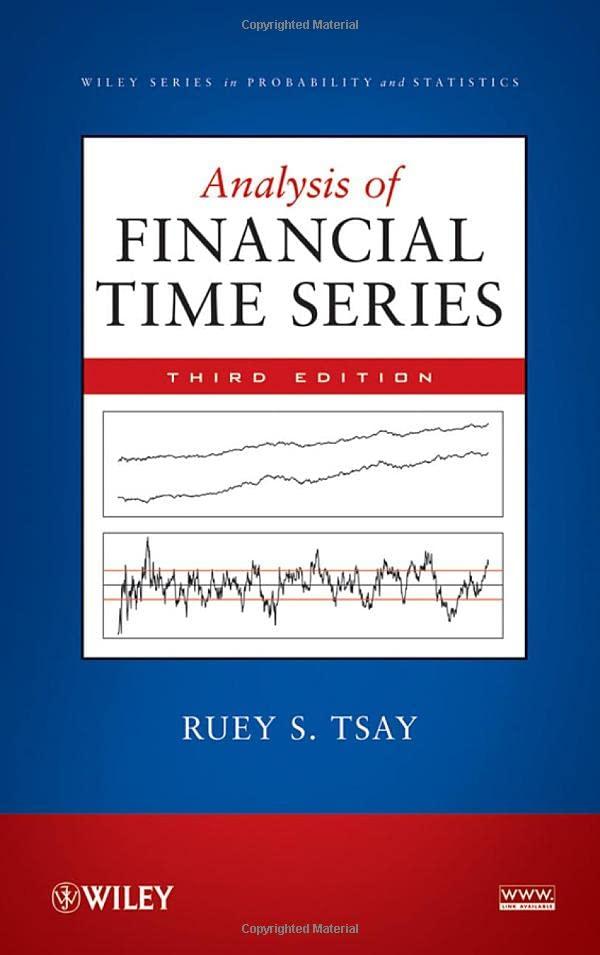Consider the AR(3) model [ x_{t}=phi_{1} x_{t-1}+phi_{2} x_{t-2}+phi_{3} x_{t-3}+a_{t}, quad a_{t} sim Nleft(0, sigma_{a}^{2} ight) ] and
Question:
Consider the AR(3) model
\[ x_{t}=\phi_{1} x_{t-1}+\phi_{2} x_{t-2}+\phi_{3} x_{t-3}+a_{t}, \quad a_{t} \sim N\left(0, \sigma_{a}^{2}\right) \]
and suppose that the observed data are
\[ y_{t}=x_{t}+e_{t}, \quad e_{t} \sim N\left(0, \sigma_{e}^{2}\right) \]
where \(\left\{e_{t}\right\}\) and \(\left\{a_{t}\right\}\) are independent and the initial values of \(x_{j}\) with \(j \leq 0\) are independent of \(e_{t}\) and \(a_{t}\) for \(t>0\).
(a) Convert the model into a state-space form.
(b) If \(E\left(e_{t}\right)=c\), which is not zero, what is the corresponding state-space form for the system?
Fantastic news! We've Found the answer you've been seeking!
Step by Step Answer:
Related Book For 

Question Posted:





